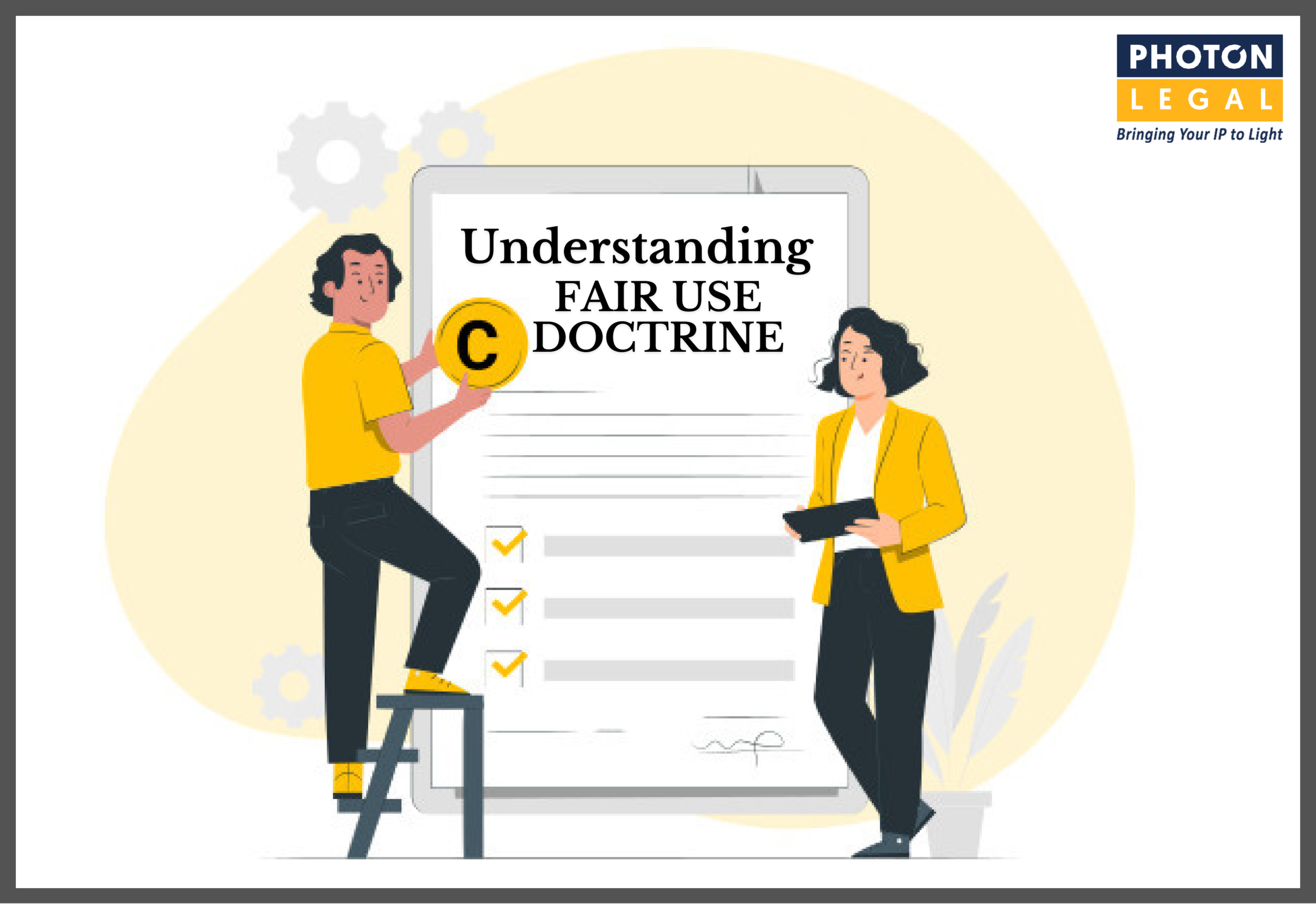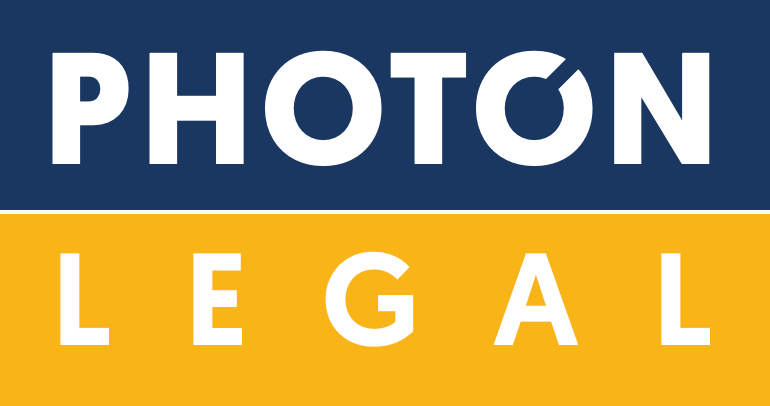
Introduction
Have you ever used a copyrighted work without permission, and wondered whether it was legal or not? You might have heard of the term “fair use,” but what exactly does it mean? Fair use is a legal doctrine that allows the limited use of copyrighted material without permission from the owner. It’s an important concept to understand, whether you’re a content creator or simply a consumer of media. What constitutes fair use of copyrighted material can be difficult to determine, but it is an important consideration for anyone creating original content. In this blog post, we’ll explore what fair use is, how it works, and some examples of when it might apply. So let’s dive in!
The Doctrine of fair use
The “Doctrine of fair use” emerged as courts sought to strike a balance between the rights of copyright owners and the public’s interest in permitting copying in restricted circumstances. Fair use cannot be defined by any specific set of definitions. It is instead, more of a subjective concept and can vary according to the specific case. An essential motive behind this concept is that not all copying should be prohibited, especially when it serves a socially significant purpose or is used for “transformative use” , such as in the pursuit of criticism, news reporting, education, and research or creating a parody.
The Copyright Act codifies the fair use theory, which was developed by the courts. When deciding whether or not an action falls under the Act’s “fair use” provisions, these points must be taken into account. They are as follows:
- Nature of the copyrighted work,
- Amount and substantiality of the portion used in respect to the copyrighted work as a whole,
- The effect of the use upon the potential market for or value of the copyrighted work.
Here are some examples of fair use as compared to infringement:
- Quoting a line of Taylor Swift song in a song review is a fair use but remixing a song without prior consent is infringement.
- Citing an excerpt from a book for the purpose of publishing a research work is “Fair use” but paraphrasing the book or someone else’s published article is copyright infringement.
Doctrine of Fair Use in India
Under Indian law, the Copyright Act of 1957, states in its provisions that fair dealing with a literary, dramatic, musical, or artistic work that is not a computer program is not an infringement of copyright.
The term “Fair dealing” includes anything excluding a computer program that is used for the purpose of
(i) “private or personal use,” including research;
(ii) criticism or review of that work or any other work;
(iii) reporting on current events and affairs, including reporting on a lecture given in public.
Reproducing a literary, dramatic, musical, or artistic work for news reporting in a newspaper, magazine, or similar periodical; broadcasting; filming; photographing; utilizing clips from a performance or broadcast in news reporting; or for genuine review, teaching, or study falls under the fair use or fair dealing provision. Making copies or modifications to a computer program by the rightful owner for the purpose for which it was provided or to provide temporary relief against loss, destruction, or damage to the software is likewise protected under the umbrella of fair use.
Examples of Doctrine of Fair Use
Under the principle of fair use, it is permissible to reference or incorporate the work of another author into your own without obtaining permission to do so. Copyright law provides several examples of fair use, including:
-
Reviews and Commentary
Fair use typically applies to non-commercial uses, such as citing or excerpting a work in a review or criticism for illustrative or commentary reasons. It is acceptable for a newspaper column to include direct quotes from a book being reviewed.
-
News reporting
Fair use includes citing articles and using brief quotations in a news report. A journalist would be permitted to quote from a political speech’s text without the politician’s permission.
-
Research and scholarship or education purpose
Quoting a short portion in an academic, scientific, or technical publication for illustration or explanation of the author’s observations would be judged permissible.
-
Parody
A work that parodies other, more well-known work does so by making humorous references to that original. A roast show or typically any drama created with the intention to make a pun out of it.
Along with the above-mentioned provision, the Court also looks at previous precedents cases to know about what and how much a work that has been cut down can be considered “Fair Use” of a copyrighted work.This is a very technical question that the Court decides by looking at the facts of the case.
For example, in the case of In Sony Corp. of America v. Universal City Studios, Inc The Supreme Court stated that copying a news broadcast may have a better contention to doctrine of fair use than copying a movie. Why? Because copying from scholarly, scientific, or news journals helps the free spread of ideas and the creation of new scientific or educational works, which are all good for the public.
Considerations for Fair Use
There are five basic things you should think about when deciding if your use of someone else’s work is fair use.
1: Are you making something new or are you just copying someone else?: The most important factor in deciding whether a use is fair is the reason and nature of how you plan to use the material.
2: Are you competing with the original source?: You can’t use someone else’s protected expression in a way that hampers the market for their work without their permission.
3: Giving credit to the author doesn’t always get you out of trouble. Giving credit and being fair are two completely different things. Under the fair use rule, you can either use the work of another author or you can’t. Even if you say that the other author wrote the material, that doesn’t change the fact.
4. The more you take, the less likely it is that you are using it fairly. As a general rule, you should never quote more than a few consecutive paragraphs from a book or article, take more than one chart or diagram, including an illustration or other artwork in a book or newsletter without the artist’s permission, or quote more than one or two lines from a poem.
5: The amount and quality of the materials used are both important. The less likely it is that your use of the material will be considered fair, the more important or valuable it is to the original work.
Fair use: A right but not an excuse to infringe
Fair dealing does not give you permission to break the rights of the person who owns the copyright. It can’t be used as an excuse for copying content without permission. It only lets you use parts of the work. Also, you can’t make a copy of the whole work or a large part of it. So as not to steal the original creator’s way of putting their idea into words. The bigger goal of copyright is to help people learn more. Over time, courts have tried to find a middle ground between the rights of copyright owners and the rights of people who want to use something. At the heart of this doctrine is the idea that not all copying should be against the law.
Especially in things that are important to society, like criticism, news reporting, teaching, and research, which are all big parts of education. The Berne Convention says that copyright is a right for everyone. Also, as the law has changed, fair use has become an important part of intellectual property rights. Making sure that legal questions about fair uses are dealt with in a court in a clearer way.
In a nutshell
What is fair use of Copyright? This question has been debated for many years and there is still no clear answer. However, there are some factors that are considered when determining if a use is fair or not. These factors include the purpose of the use, the nature of the work, the amount and substantiality of the portion used, and the effect of the use on the potential market for or value of the copyrighted work. Each case is different and it is up to a court to decide if a particular use is fair or not.
In the dynamic world of Software as a Service (SaaS), protecting your innovative software through Software Patents is a must. However, understanding Intellectual Property (IP) and legal intricacies can be challenging. Rely on the expertise of Photon Legal, where our seasoned attorneys specialize in SaaS and Software Patent law. Learn why businesses of all sizes trust Photon Legal for clear, professional, and personalized legal support in the realm of SaaS.
https://www.huschblackwell.com/industries_services/software-development-licensing

